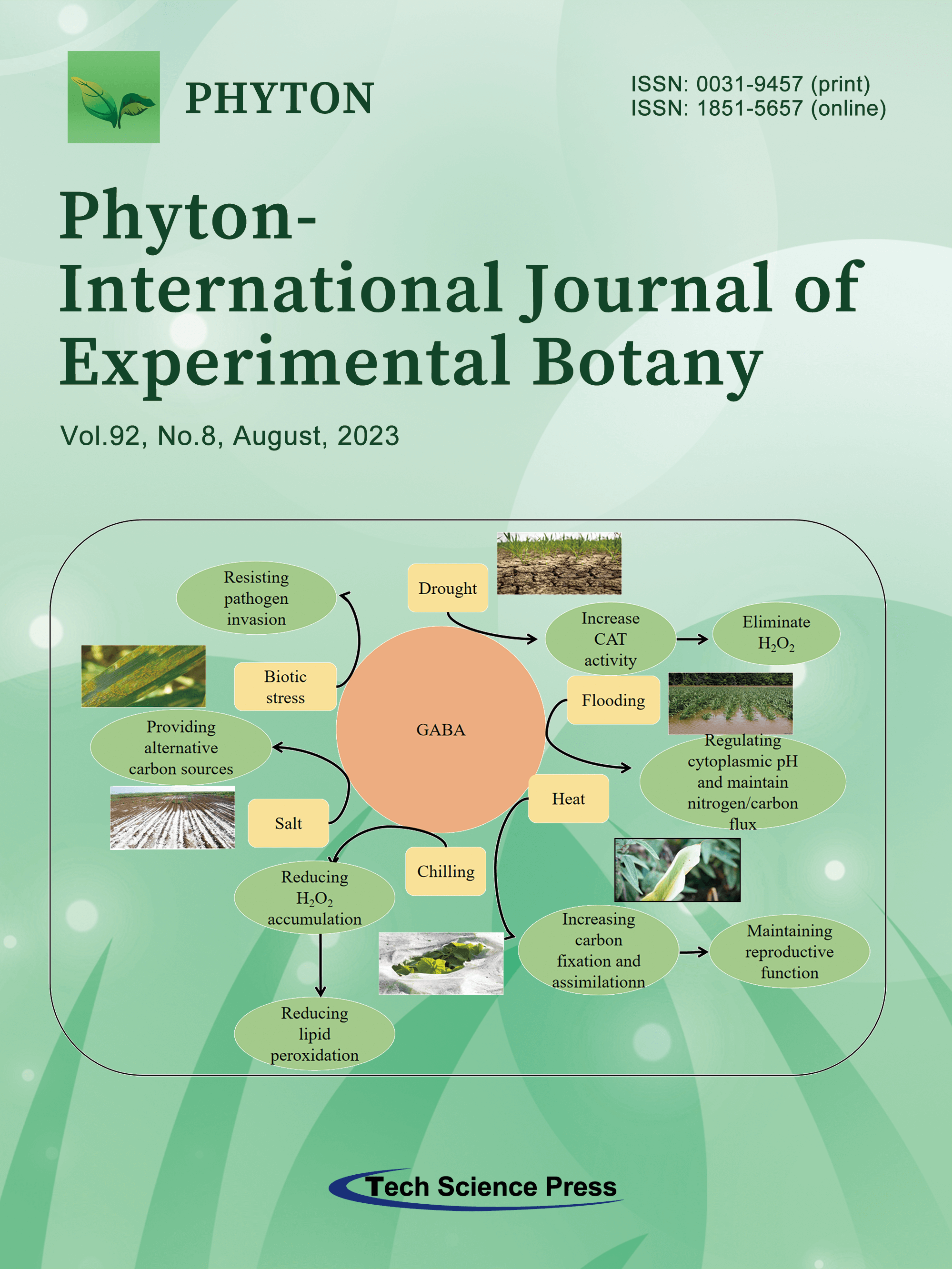
Gamma-aminobutyric acid (GABA) is a ubiquitous four-carbon non-protein amino acid that is involved in various physiological processes of plant growth and development, such as root architecture, stem elongation, leaf senescence, pollen tube growth, fruit ripening, and seed germination. GABA is also related to plant stress responses, such as drought, salt, cold, and heat stresses. Regulation of GABA in plant stress responses is complex and involves multiple signaling pathways, including calcium and hormone signaling. This paper systematically reviews the synthesis, metabolic pathways and regulatory role of GABA in plants, which will provide new insights into the understanding of plant growth and stress responses and offer novel strategies for improving crop productivity and stress.
View this paper